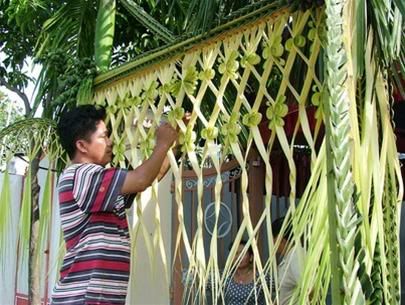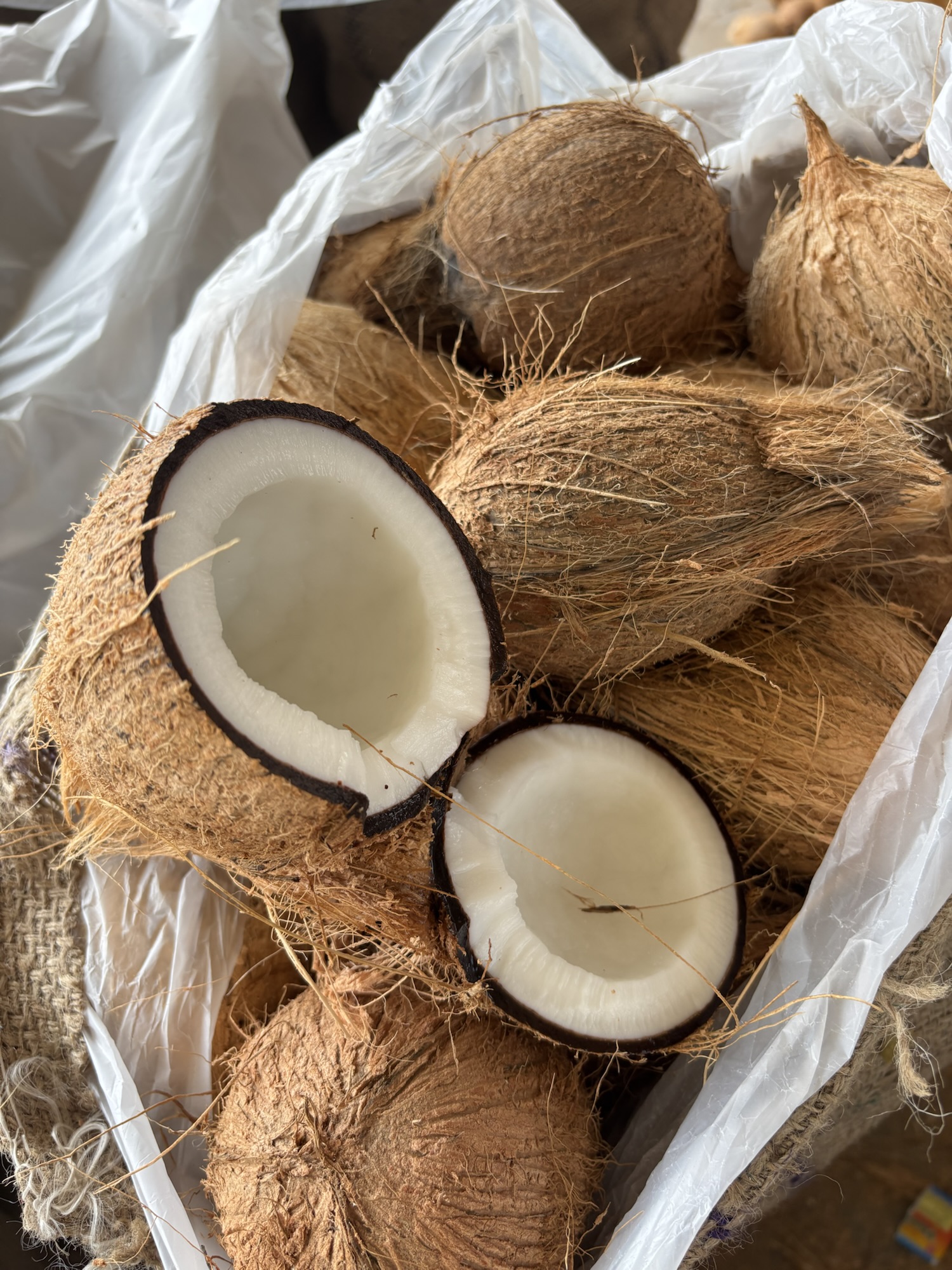
Coconut copra is the dried kernel of the coconut, primarily used for extracting coconut oil. There are two main types of coconut copra, distinguished by their methods of preparation and quality:
- This type of copra is made by drying whole mature coconuts in the sun for several months. The drying process occurs inside the shell, where the coconut kernel shrinks and hardens. Once fully dried, the shell is broken to obtain the round, ball-like copra.
- Uses: Ball copra is often used in the production of high-quality edible coconut oil and is also consumed as a dry fruit snack in some regions.
- Edible (Milling) Copra:
- Milling copra is produced by drying coconut meat after removing it from the shell. This type can be sun-dried or dried using mechanical means, like hot air drying or smoke drying.
- Uses: Milling copra is primarily used for extracting coconut oil on an industrial scale. The oil derived from this copra is typically used in cooking, cosmetics, and industrial applications. The residue after oil extraction, called coconut cake, is used as animal feed.
Other specialized types include:
- Smoke-dried Copra: Dried using smoke, which can impart a distinct flavor to the resulting oil.
- Sun-dried Copra: Dried naturally in the sun, producing oil with a more neutral flavor.
Copra is a key product for the coconut industry, especially in regions like India, the Philippines, and Indonesia, where coconut oil production is significant.



